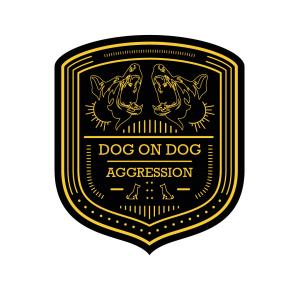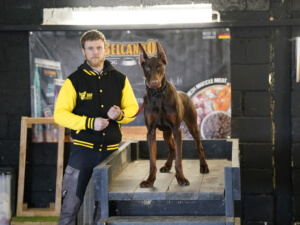K9 ACADEMY
SCHOOLING FOR DOG OWNERS
Teaching the Human and the K9 at the same time! As a dog lover, having an obedient and respectful k9 is a dream for us owners. Our 1-1 programme has been carefully designed to be fun, highly educational and incredibly relevant and effective for every day k9 ownership! We have an incredible academy based in Kent (ME9 7UU) with 4 large heated indoor training rooms set in 4 acres with outside arenas providing exercise and environmental obstacles to help condition your k9s body and mind.
The techniques used most commonly to modify dog behavior include habituation, extinction, desensitization, counterconditioning, response substitution, and shaping.
Teaching owners to understand the problem and teaching them to work with their dog is part of what makes the behavior modification program successful. Private lesson behaviour modification is a reliable option for addressing problem behaviours as long as the owner is able to be consistent with the training.
Time to book onto our ‘Schooling for Owners’ course and get to know how to reinforce their training.
–
Skinner vs. Pavlov: A Guide to Operant and Classical Conditioning
There are many ways dogs learn, but if you are training your dog to respond to a cue or if your goal is to change his emotional response to a trigger, you will very likely use the basics of operant and classical conditioning. The word conditioning simply means “learning.” You do not have to have a degree in behavioral science to understand the meaning of these two; we will take a look at each using some common examples in your daily interactions with your dog.
Operant Conditioning
In operant conditioning, your dog learns to “operate” in his environment because his behaviour is maintained by consequences being either reinforcement or punishment.
For instance, in the case of reinforcement, if you tell your dog to “sit” and upon sitting down, you deliver a cookie, your dog learned that compliance in “operating” results in a pleasant consequence; the cookie. If you reward the behaviour often enough, especially during your dog’s initial stages of learning, you will see an increase in the sitting behaviour. This abides by Thorndike’s law of effect “responses that produce a satisfying effect in a particular situation become more likely to occur again in that situation.” A behavior is, therefore, said to be reinforced when it occurs with a greater frequency.
- F. Skinner, the father of operant conditioning, in his Skinner box experiment, delivered food to rats that engaged in a target behavior which was pressing a lever. After careful observations, he came to the conclusion that “behaviors that are reinforced tend to be repeated and strengthen, whereas behaviors that are not reinforced tend to extinguish and weaken.”
In the case of punishment, if your dog is wandering in the woods and gets sprayed by a skunk one day, he may be shocked enough to avoid going near the black and white animal once and for all. He may, therefore, decide to “operate” in his environment by running the other way upon spotting one. In this case, according to Thorndike’s law of effect, “responses that produce a discomforting effect become less likely to occur again in that situation.” A behavior is, therefore, said to be punished when it occurs with less frequency.
*Note: Punishment is not determined by using “hostile” or aversive methods but rather by its effect on the rate of the behavior. In behavior science, punishment, therefore, does not mean hostile, but rather, means that it causes a behavior to occur with less frequency.
Therefore, to sum things up, the environment around dogs may lead to behavioral changes because of consequences. From a dog’s perspective, there are three possibilities taking place when faced with stimuli.
- Neutral operants: the environment neither increases nor decreases the probability of a behavior being repeated. To a dog, the color of the sky is pretty irrelevant and has no effect whatsoever on his behavior.
- Reinforcers: the environment increases the probability of a behavior being repeated. A dog may, therefore, increase its jumping behavior because he is given attention when he does this (positive reinforcement), or a dog may increase the behavior of hiding behind a couch because when he does so, the owner stops chasing him (negative reinforcement)
- Punishers: the environment decreases the probability of a behavior being repeated. Punishment weakens and extinguishes behavior. A dog may stop pestering a cat after the cat has scratched him (positive punishment), or a dog may stop jumping on the owner because the owner leaves the room every time he engages in such behavior (negative punishment).









